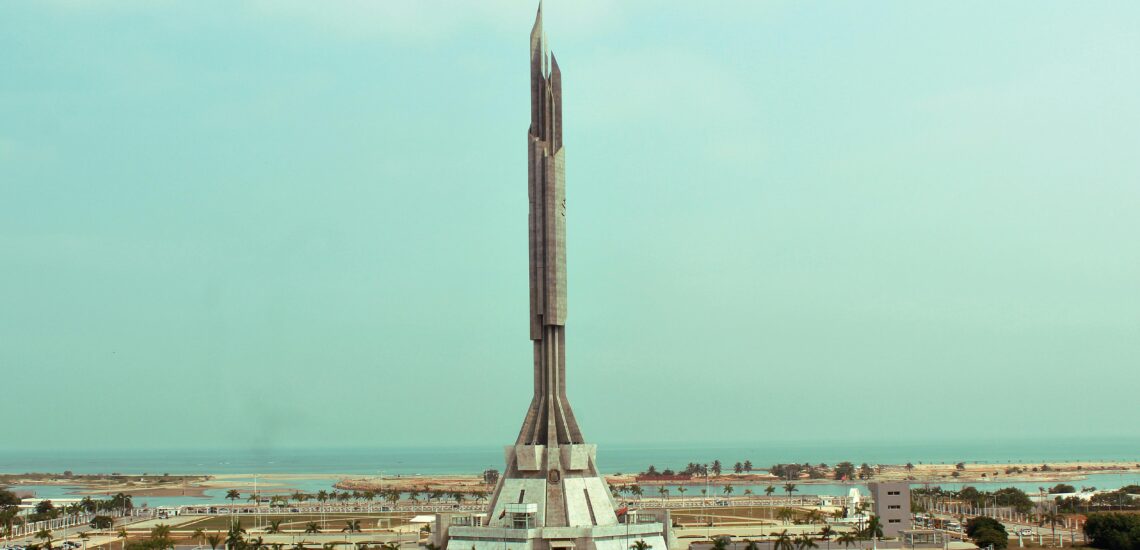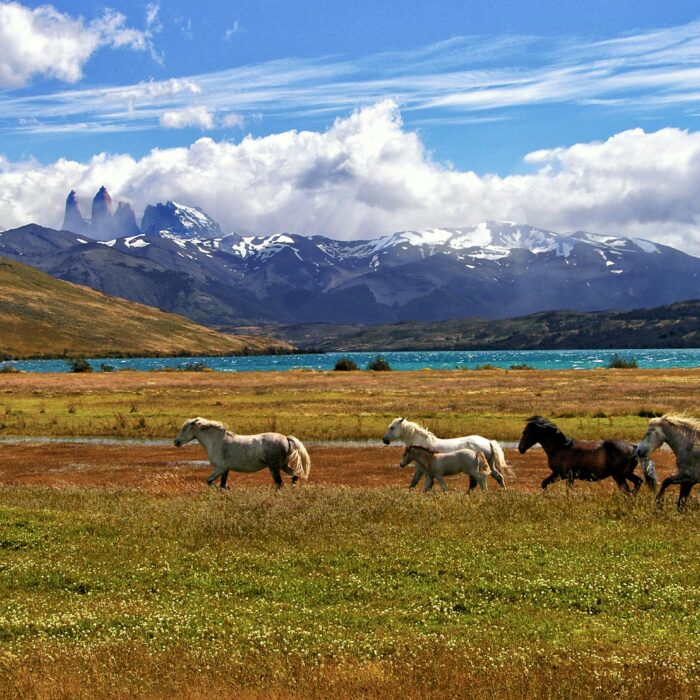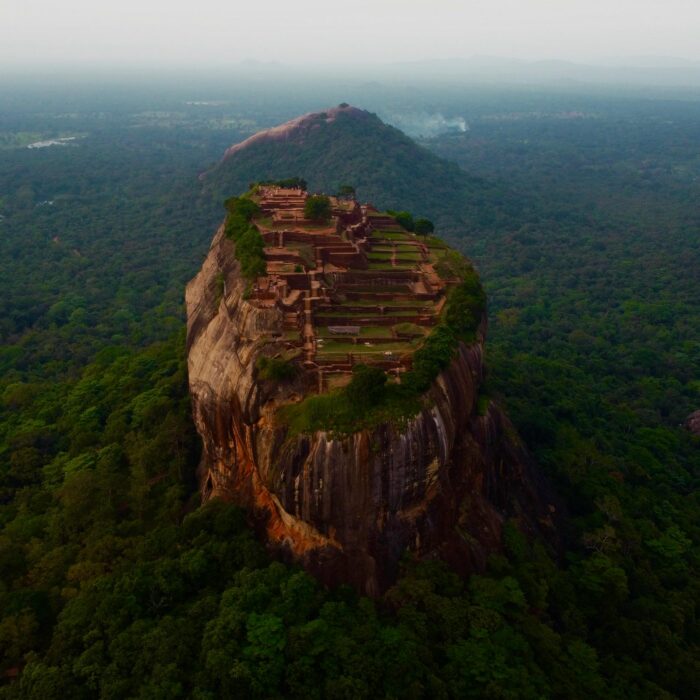Datos breves sobre Angola:
- Población: Aproximadamente 34 millones de personas.
- Capital: Luanda.
- Idioma oficial: Portugués.
- Otros idiomas: Se hablan varios idiomas indígenas, incluidos el umbundu, el kimbundu y el kikongo.
- Moneda: Kwanza angoleño (AOA).
- Gobierno: República presidencial unitaria.
- Religión principal: El cristianismo (predominantemente católico romano, con una importante población protestante), junto con las creencias africanas tradicionales.
- Geografía: Ubicado en el suroeste de África, limita con la República Democrática del Congo al norte, Zambia al este, Namibia al sur y el Océano Atlántico al oeste. Angola cuenta con diversos paisajes, que incluyen llanuras costeras, sabanas y tierras altas.
Dato 1: Angola es el lugar de nacimiento de las rastas
Se cree que la práctica de llevar rastas tiene sus raíces en tradiciones antiguas y está asociada con un significado espiritual y cultural.
El peinado no es solo una forma de expresión personal, sino que también tiene conexiones con la identidad, la herencia y la resistencia. En Angola, como en otras partes de África, las rastas se han usado durante siglos y, a menudo, simbolizan la fuerza, el orgullo y una profunda conexión con la ascendencia. La importancia histórica de las rastas en Angola ha influido en movimientos culturales más amplios, incluido el movimiento rastafari, que se inspira en las tradiciones africanas y promueve el cabello natural y la identidad cultural.
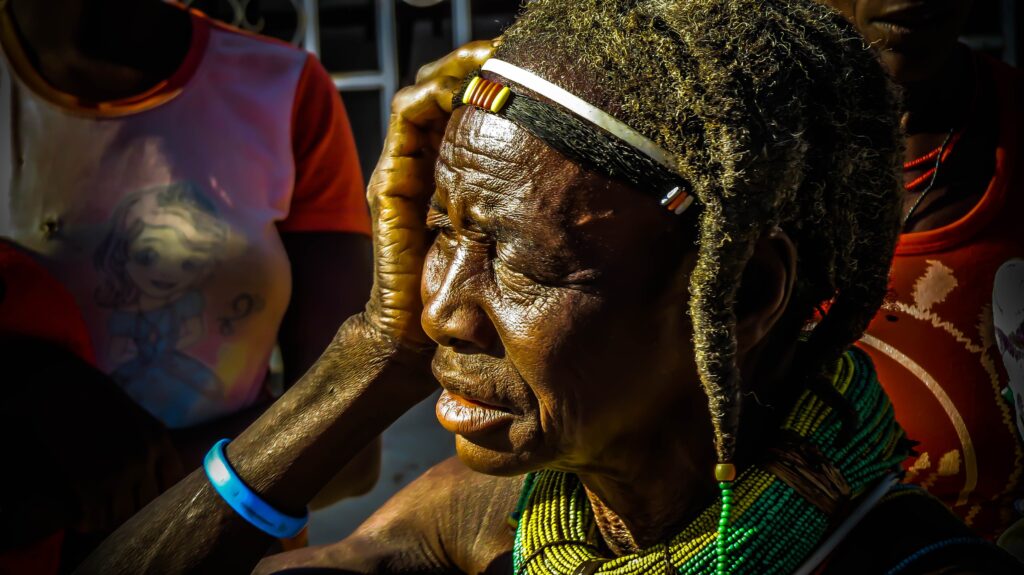
Dato 2: Cuba ha desempeñado un papel importante en la historia de Angola
Cuba ha desempeñado un papel importante en la historia de Angola, particularmente durante la Guerra Civil angoleña, que duró de 1975 a 2002. Tras la independencia de Angola de Portugal en 1975, el país se vio envuelto en un conflicto entre varias facciones, principalmente el MPLA (Movimiento Popular para la Liberación de Angola) y la UNITA (Unión Nacional para la Independencia Total de Angola).
Cuba apoyó al MPLA enviando miles de tropas a Angola, además de asesores y recursos militares. Las fuerzas cubanas ayudaron al MPLA a establecer el control sobre territorios clave y desempeñaron un papel crucial en la lucha contra las fuerzas de la UNITA y de Sudáfrica, que participaron en el conflicto como parte de una lucha regional más amplia durante la Guerra Fría.
La participación cubana en Angola tuvo efectos duraderos en el desarrollo del país y en la reconstrucción de posguerra. Incluso después del final de la guerra, los lazos entre Cuba y Angola continuaron, particularmente en los campos de la salud y la educación, y los profesionales médicos y educadores cubanos contribuyeron a los esfuerzos de reconstrucción de Angola.
Dato 3: Angola tiene algunas de las cascadas más grandes del mundo
Angola alberga varias cascadas impresionantes, incluidas algunas de las más grandes de África. La más notable son las cataratas de Kalándula, ubicadas cerca de la ciudad del mismo nombre. Las cataratas de Kalandula tienen aproximadamente 105 metros (344 pies) de altura y 400 metros (1312 pies) de ancho, lo que la convierte en una de las cascadas más grandes por volumen de África. Las cataratas son particularmente espectaculares durante la temporada de lluvias, cuando el flujo de agua está en su punto máximo, creando una impresionante exhibición de agua en cascada rodeada de una exuberante vegetación. Otra cascada importante son las cataratas de Pungu À Ngola, que también tienen unas dimensiones impresionantes.
Nota: Si planea viajar de forma independiente, verifique si necesita un permiso de conducir internacional en Angola para alquilar y conducir un automóvil.
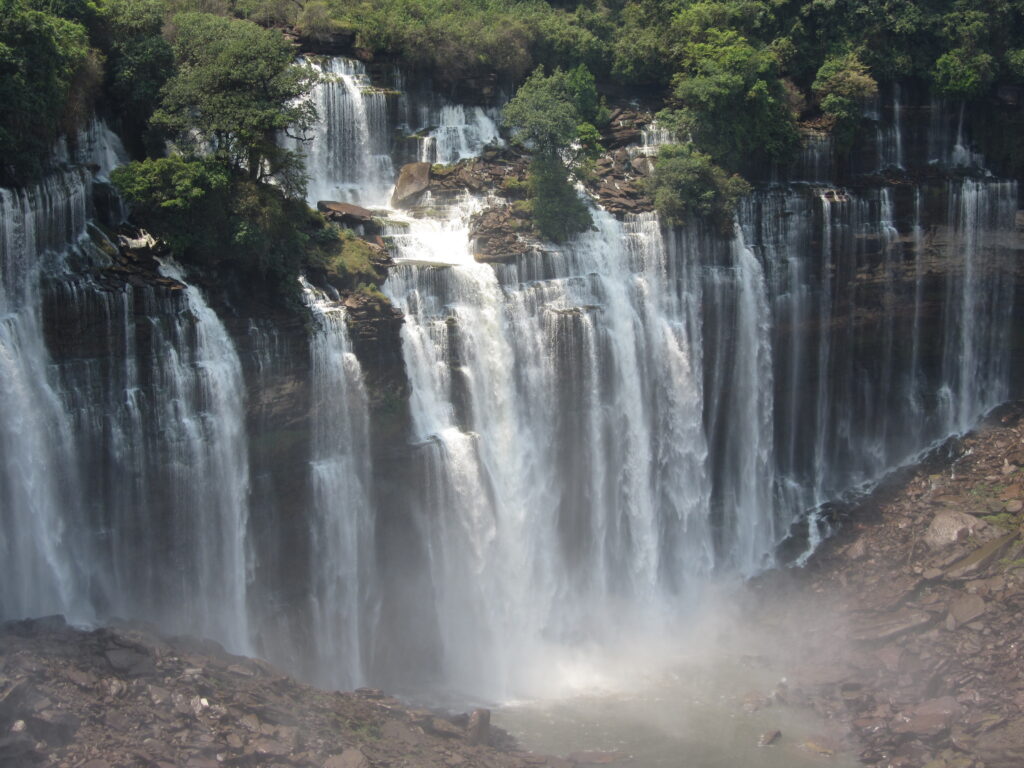
Dato 4: El nombre del país proviene del título de los reyes Ndongo
El nombre «Angola» se deriva del título «Ngola», que utilizaban los reyes del reino de Ndongo, un poderoso estado que existía en la región antes de la colonización portuguesa. El reino de Ndongo fue uno de los estados precoloniales prominentes de Angola, y su capital estaba ubicada cerca de la actual Luanda.
Cuando los portugueses llegaron a finales del siglo XV, se encontraron con el reino de Ndongo y comenzaron a usar el título «Ngola» para referirse a la tierra y a sus gobernantes. Con el tiempo, este título se convirtió en «Angola» y pasó a ser el nombre del país cuando Angola se independizó de Portugal en 1975.
Dato 5: Luanda fue fundada por los portugueses
Luanda, la capital de Angola, fue fundada por los portugueses en 1575, inicialmente llamada «São Paulo da Assunção de Loanda». Sirvió como puerto clave para los portugueses durante el período colonial, ya que facilitó el comercio, especialmente de personas esclavizadas, marfil y otros bienes.
En los últimos años, Luanda se ha ganado la reputación de ser una de las ciudades más caras para los expatriados del mundo. Los factores que contribuyen a este alto costo de vida incluyen la limitada disponibilidad de viviendas, una economía en auge impulsada por las industrias del petróleo y el gas y una demanda significativa de bienes y servicios, que a menudo superan la oferta local. Según varios informes, incluidos los de Mercer y otras encuestas sobre expatriados, el costo de la vida en Luanda se ve influido por los altos precios de los alquileres, especialmente en los barrios más atractivos, así como por los costosos productos importados.
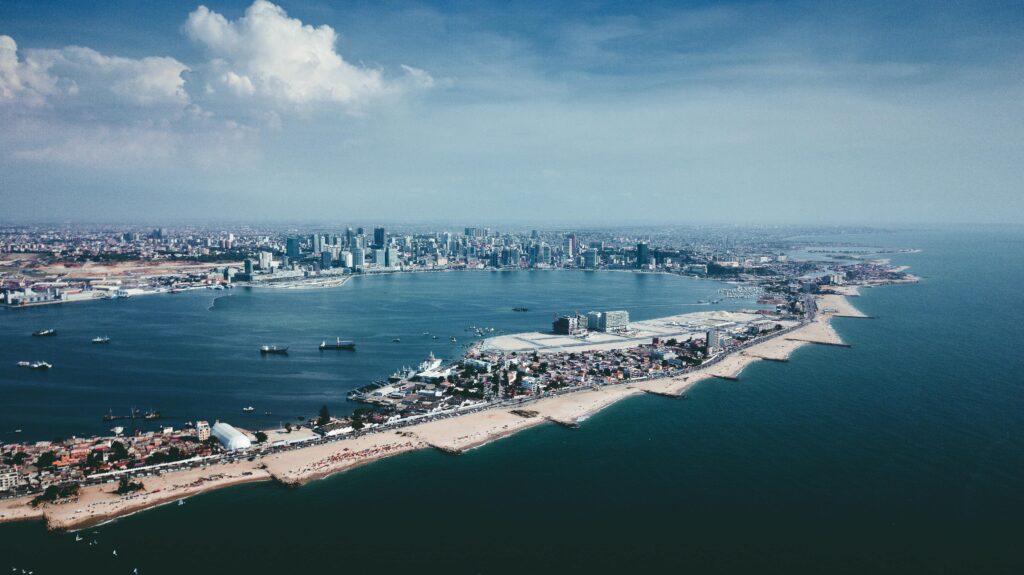
Dato 6: La mujer más rica de África vive en Angola
Es hija del expresidente angoleño José Eduardo dos Santos, quien gobernó el país de 1979 a 2017. Isabel dos Santos ha acumulado su riqueza a través de varios proyectos comerciales, incluidas importantes inversiones en telecomunicaciones, banca y petróleo, entre otros sectores.
Sus inversiones más notables incluyen una participación en Unitel, una de las mayores empresas de telecomunicaciones de Angola, y participaciones importantes en otras empresas de África y Europa. A pesar de su éxito financiero, el patrimonio de Isabel dos Santos ha sido objeto de controversia, en particular en lo que respecta a las acusaciones de corrupción y mala administración relacionadas con las conexiones políticas de su familia.
En los últimos años, sus bienes han sido objeto de escrutinio y han surgido desafíos legales, especialmente después de la presidencia de su padre.
Dato 7: Se pensaba que el antílope negro gigante endémico de Angola estaba extinto
El antílope negro gigante, conocido como «antílope sable gigante» (Hippotragus niger variani), es una especie endémica de Angola. Durante muchos años, se pensó que se había extinguido debido a la caza generalizada y a la pérdida de hábitat durante la Guerra Civil Angoleña, que duró de 1975 a 2002. El antílope se caracteriza por su llamativo pelaje negro y sus impresionantes cuernos largos y curvos.
Sin embargo, a principios de la década de 2000, los conservacionistas se emocionaron al descubrir una pequeña población de estos antílopes en estado salvaje, específicamente en el Parque Nacional de Cangandala y sus alrededores. Este descubrimiento dio lugar a esfuerzos renovados para su protección y conservación. El antílope sable gigante es ahora un símbolo del patrimonio de vida silvestre de Angola y se ha convertido en un punto focal para las iniciativas de conservación destinadas a preservar su hábitat y aumentar su población.
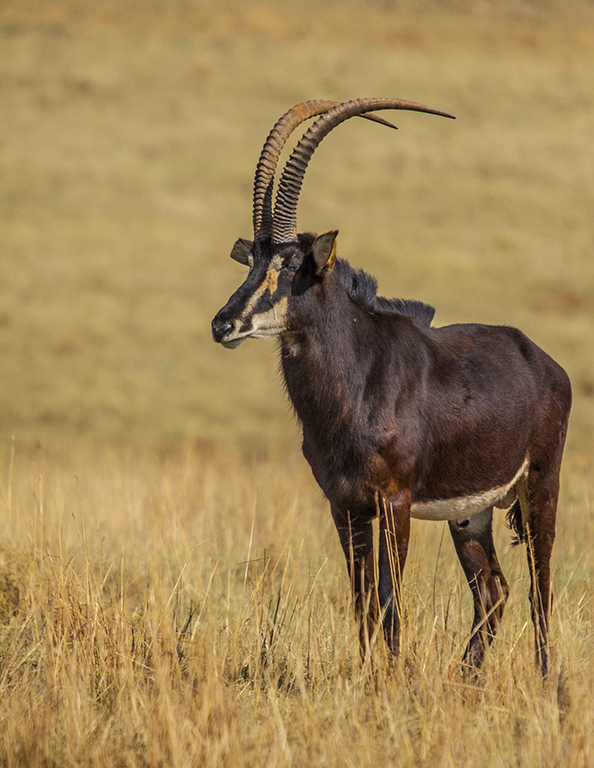
Dato 8: Angola tiene una de las poblaciones más jóvenes del mundo
Angola tiene una de las poblaciones más jóvenes del mundo, con una proporción significativa de sus ciudadanos menores de 25 años. Aproximadamente el 45% de la población tiene menos de 15 años, lo que refleja las altas tasas de natalidad y una mediana de edad relativamente baja, que ronda los 19 años. Este grupo demográfico juvenil es el resultado de varios factores, incluidas las tendencias históricas de altas tasas de fertilidad y las mejoras en la atención médica que conducen a una reducción de la mortalidad infantil.
La presencia de una población joven presenta tanto oportunidades como desafíos para Angola. Por un lado, ofrece el potencial de una fuerza laboral dinámica y de innovación, impulsando el crecimiento económico y el cambio social. Por otro lado, plantea desafíos importantes, incluida la necesidad de una educación adecuada, la creación de empleo y los servicios de salud para apoyar a este creciente grupo demográfico.
Dato 9: Angola tiene muchos parques nacionales y áreas protegidas
Entre ellos destaca el Parque Nacional de Iona, ubicado en el suroeste, conocido por sus impresionantes paisajes y su fauna única, incluidos los elefantes adaptados al desierto. El Parque Nacional de Kissama, cerca de Luanda, es uno de los parques más antiguos del país y se centra en la conservación de la vida silvestre, incluida la reintroducción de elefantes y jirafas africanos. El Parque Nacional de Cangandala es fundamental para la conservación del antílope sable gigante.
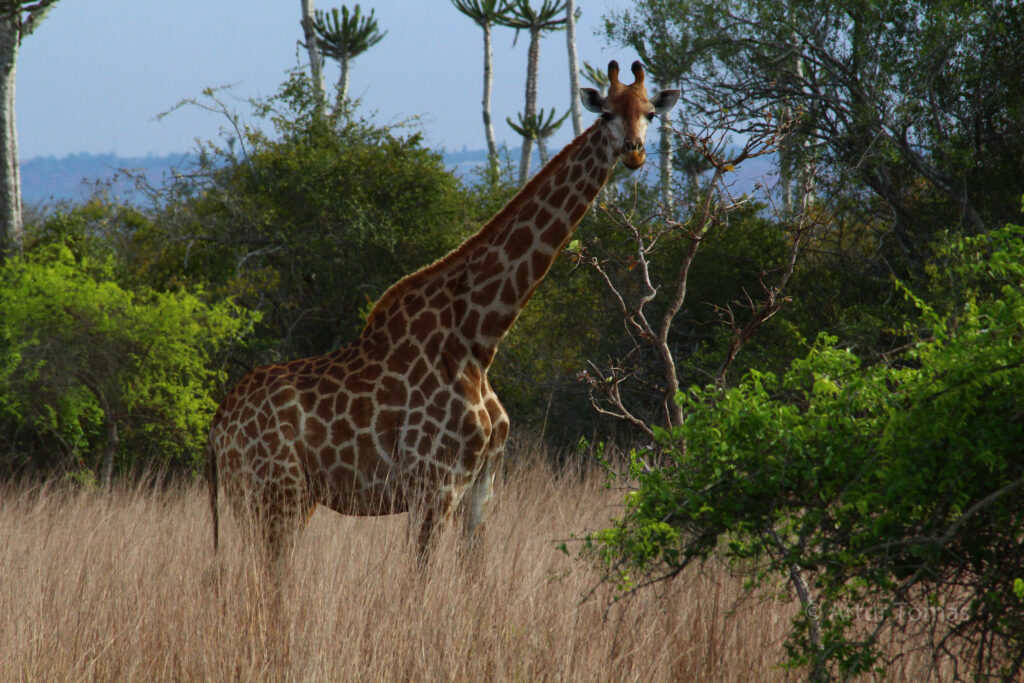
Dato 10: Angola tiene problemas con la remoción de minas terrestres
Angola se enfrenta a importantes desafíos con la remoción de minas terrestres, una consecuencia persistente de su prolongada guerra civil, que duró de 1975 a 2002. Durante el conflicto, se colocaron millones de minas terrestres en todo el país, especialmente en las zonas rurales y en los antiguos campos de batalla, lo que supuso un grave riesgo para la población civil y obstaculizó el desarrollo agrícola.
Los esfuerzos para eliminar estas minas terrestres han sido continuos, con el apoyo de organizaciones internacionales y de iniciativas locales. Sin embargo, el proceso es lento y costoso, y grandes áreas siguen afectadas. La presencia de minas terrestres no solo pone en peligro vidas, sino que también restringe el acceso a tierras fértiles, lo que impide el crecimiento económico y la seguridad alimentaria.

Publicado Septiembre 22, 2024 • 8m para leer

